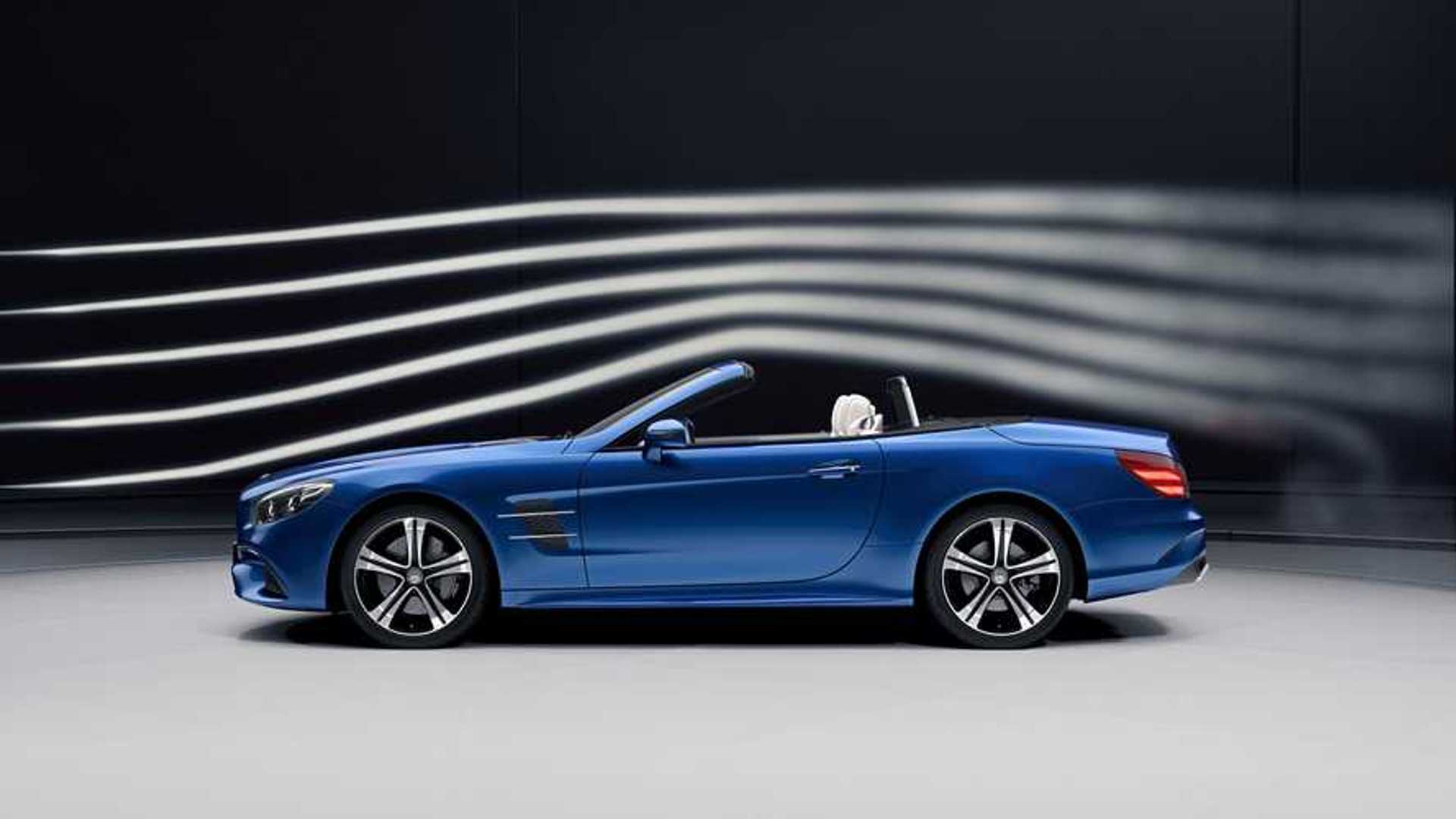Once you are familiar with aerodynamics, it is possible to keep your top down and stay dry.
It’s not fun to get caught in the rain while driving a convertible with its top down. It’s always been a mystery to us if it was possible for a convertible to be driven fast enough to keep dry. Drivetribe knows the answer.
We were able to see their video on their YouTube channel. Mike, the host, starts by explaining the two types turbulent airflows. Laminar air is slow and low-pressure, while turbulent is fast and high-pressure.
The boundary layer is the layer of air that touches the car’s body lines. The separation point is the top of the windshield frame. This is where the bodywork abruptly stops. The air becomes extremely turbulent at this point and the area above the passenger compartment is increasing as you travel faster.

Mike continues to explain that the shape of your car will determine how fast you can drive to keep dry. Particularly, the angle of your windshield.
A car like the Mazda Miata with a steeper windshield may generate enough turbulence that it can deflect rain at lower speeds (around 45 miles per hour). For the same result, sleeker cars, such as the Ferrari Portofino with windshields laid almost flatly, will need to travel faster.
Many MercedesBenz convertibles have wind deflectors on the windshield frame. They resemble miniature air brakes. They maximize laminar air flow and keep turbulent air out of the cabin. They can keep you dry in a storm.
All of this becomes irrelevant when you reach a stoplight. Understanding air flow is a good idea if you are driving and it starts to rain.